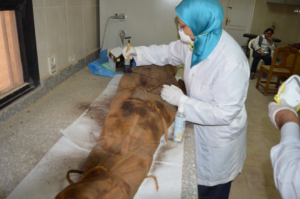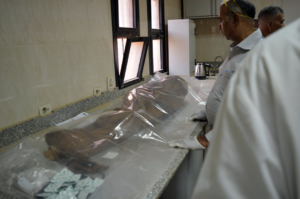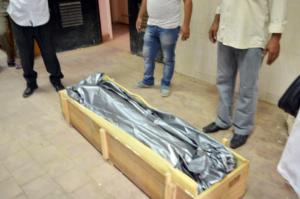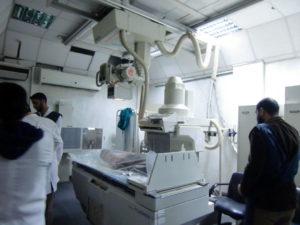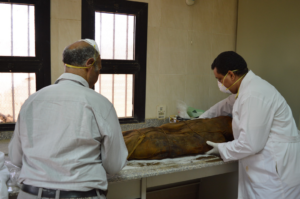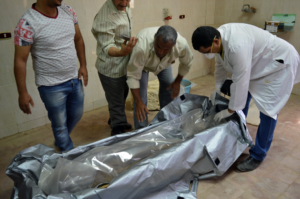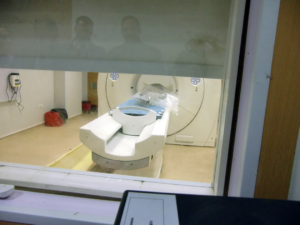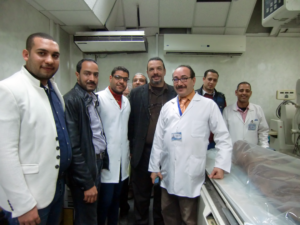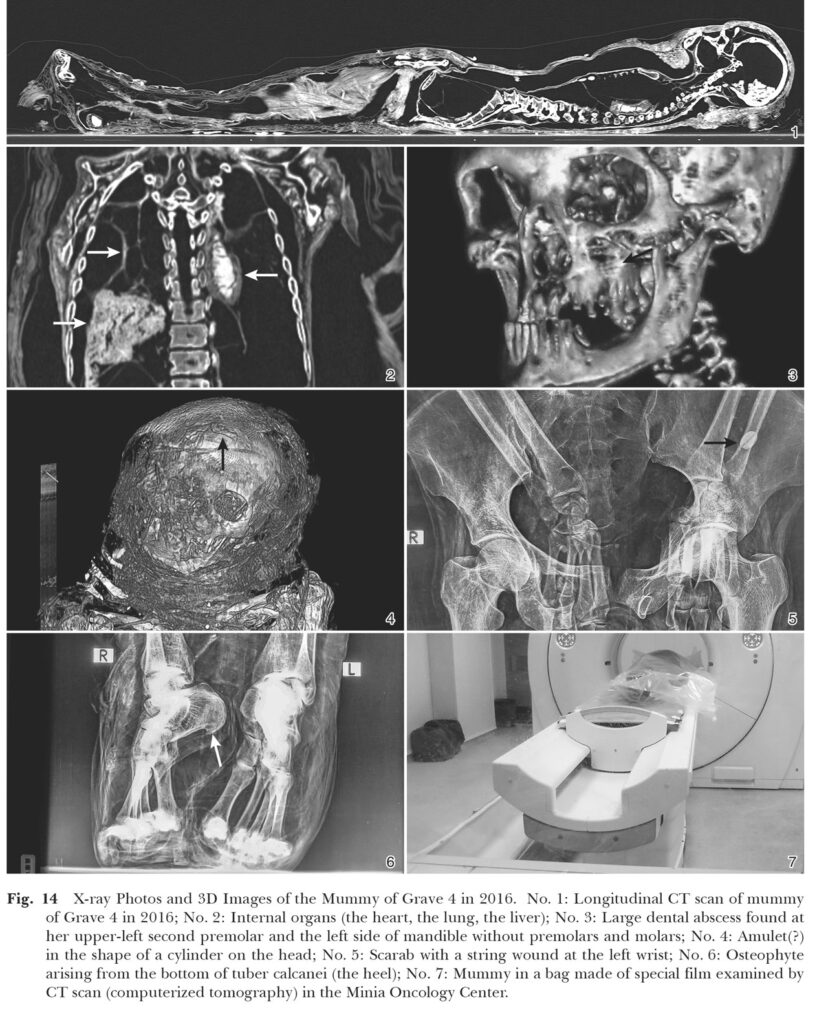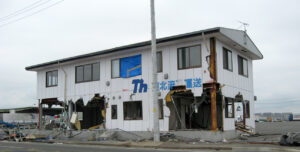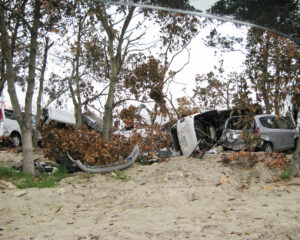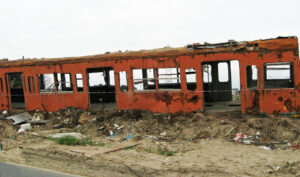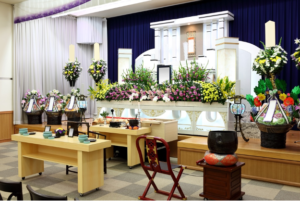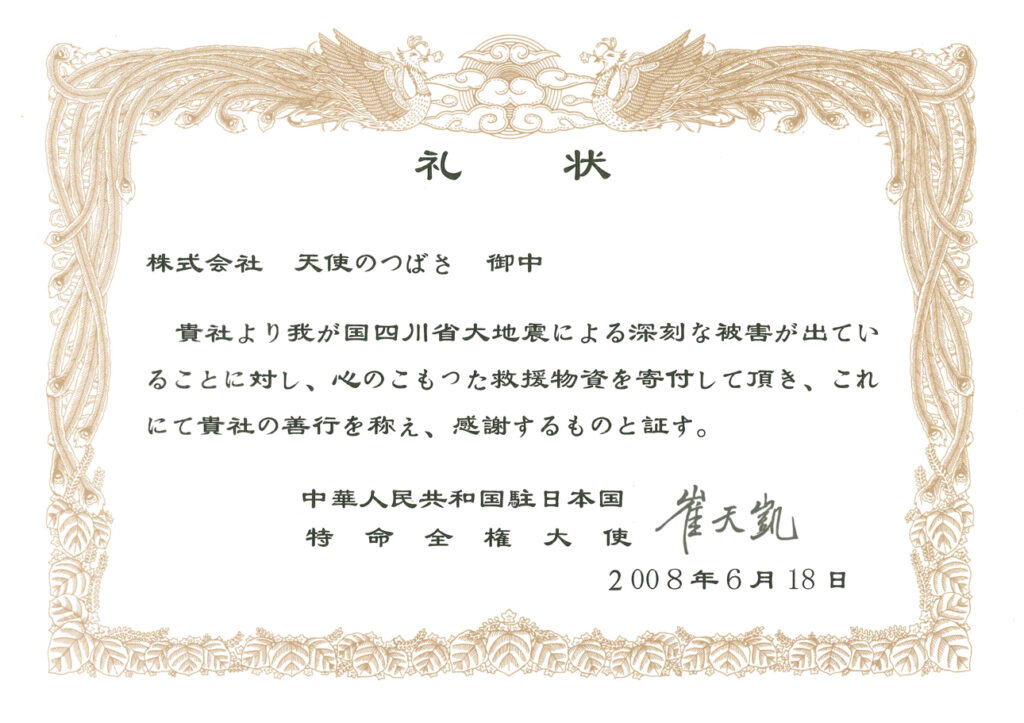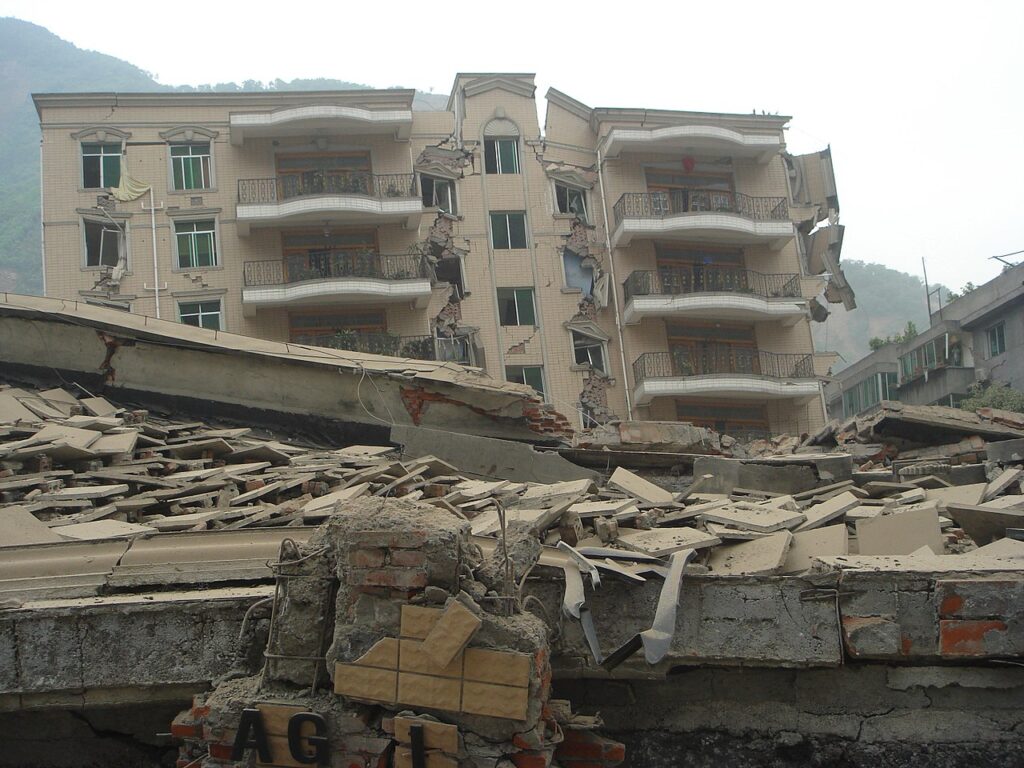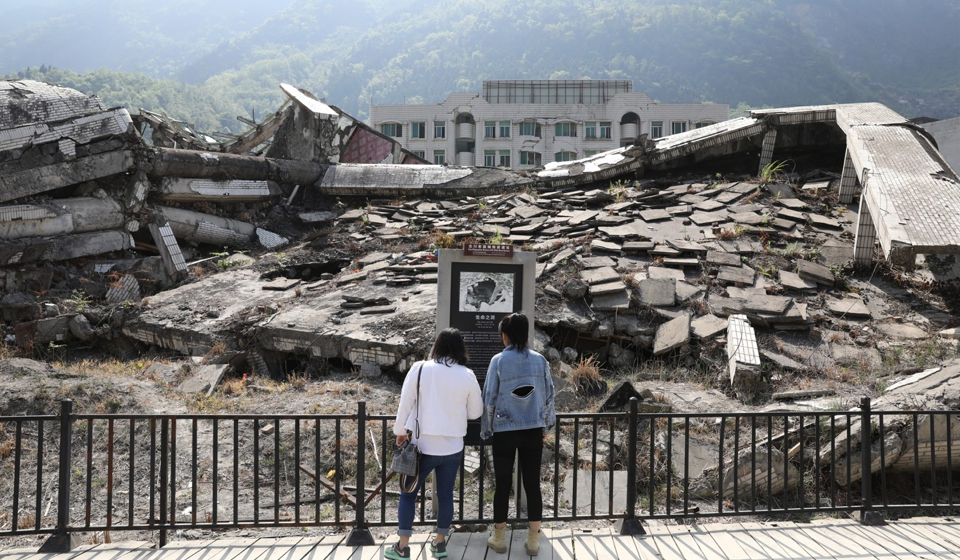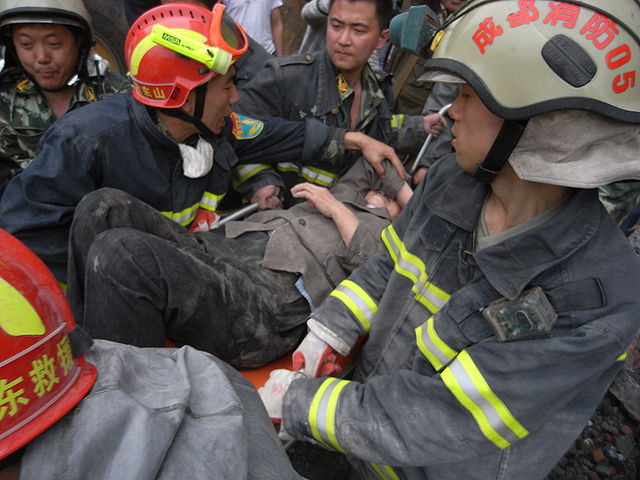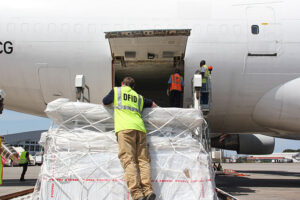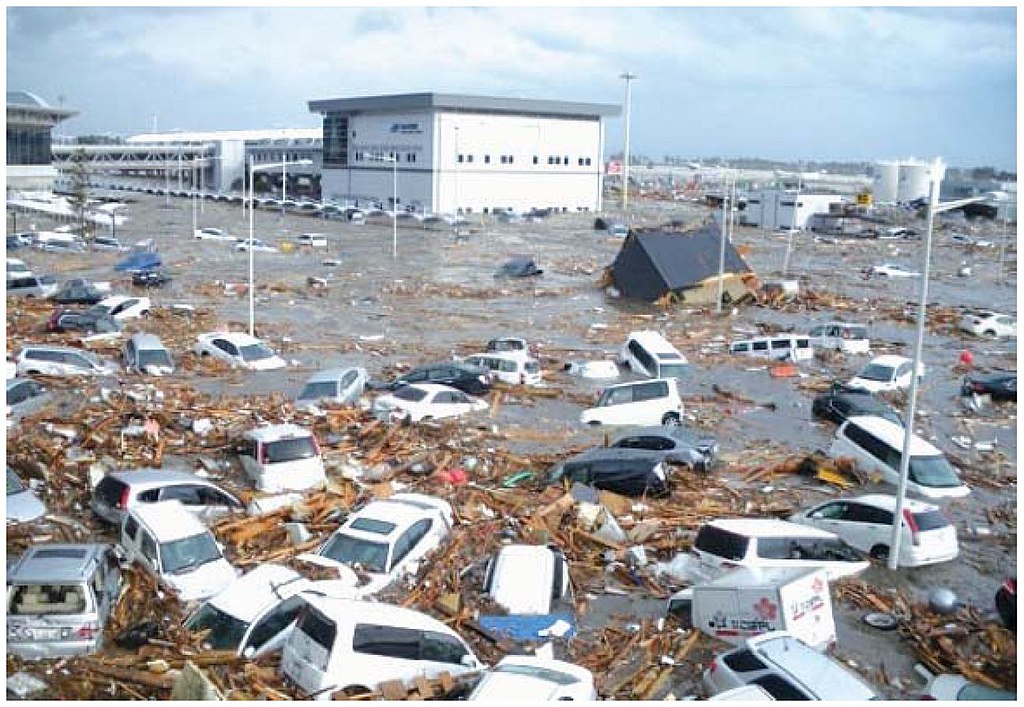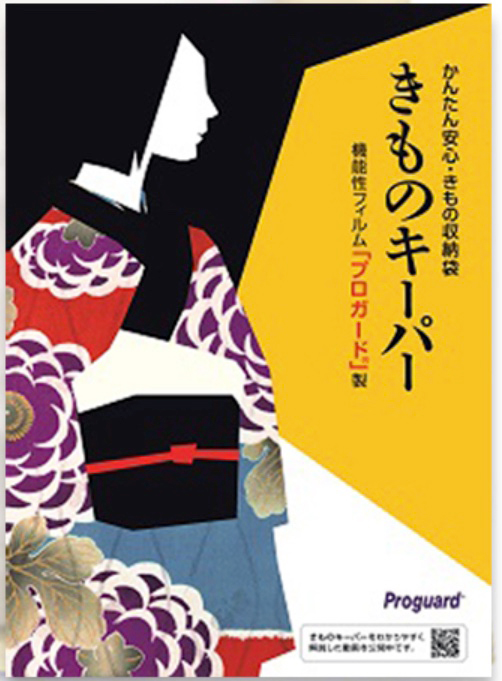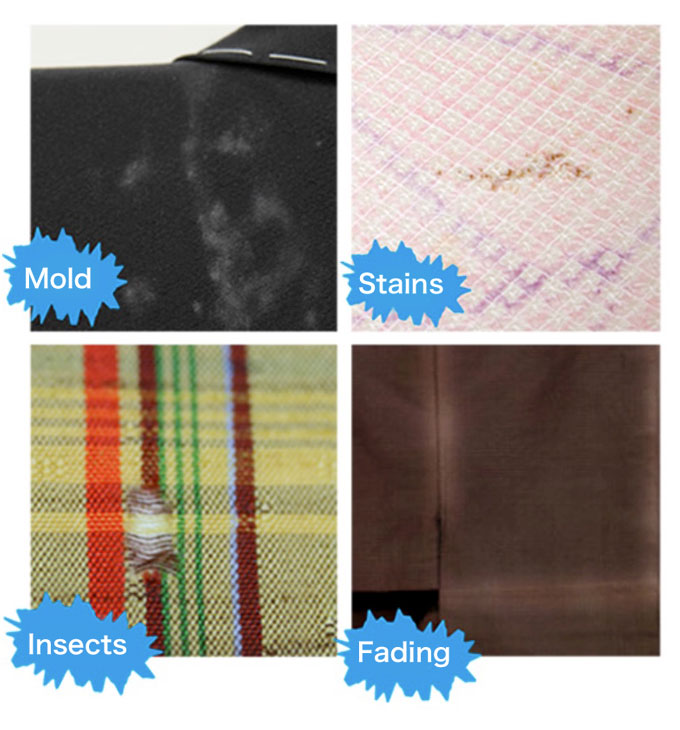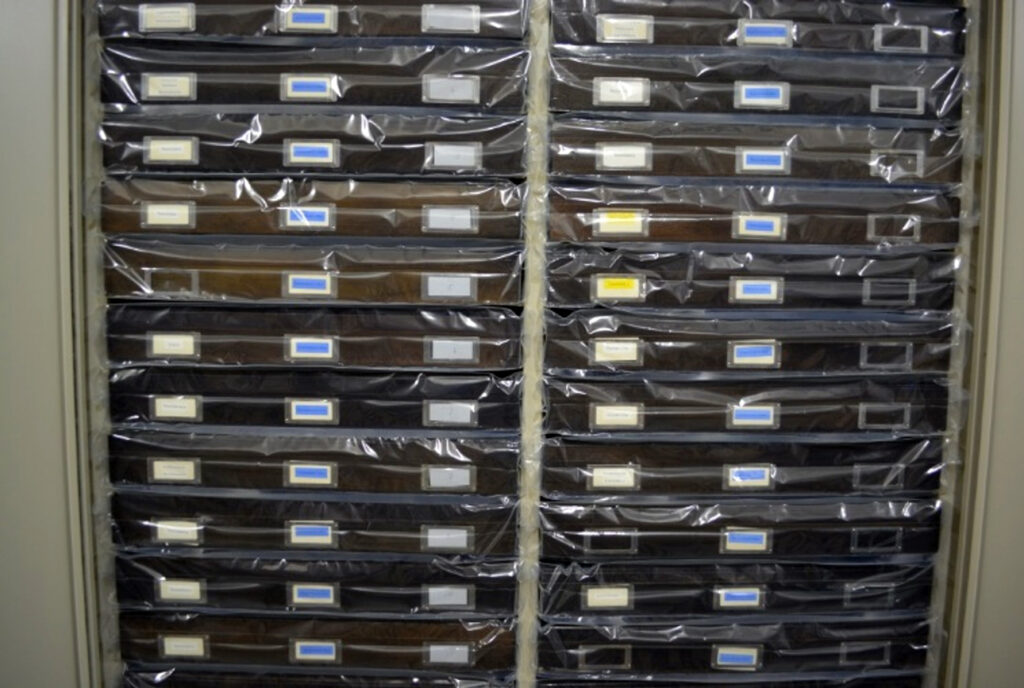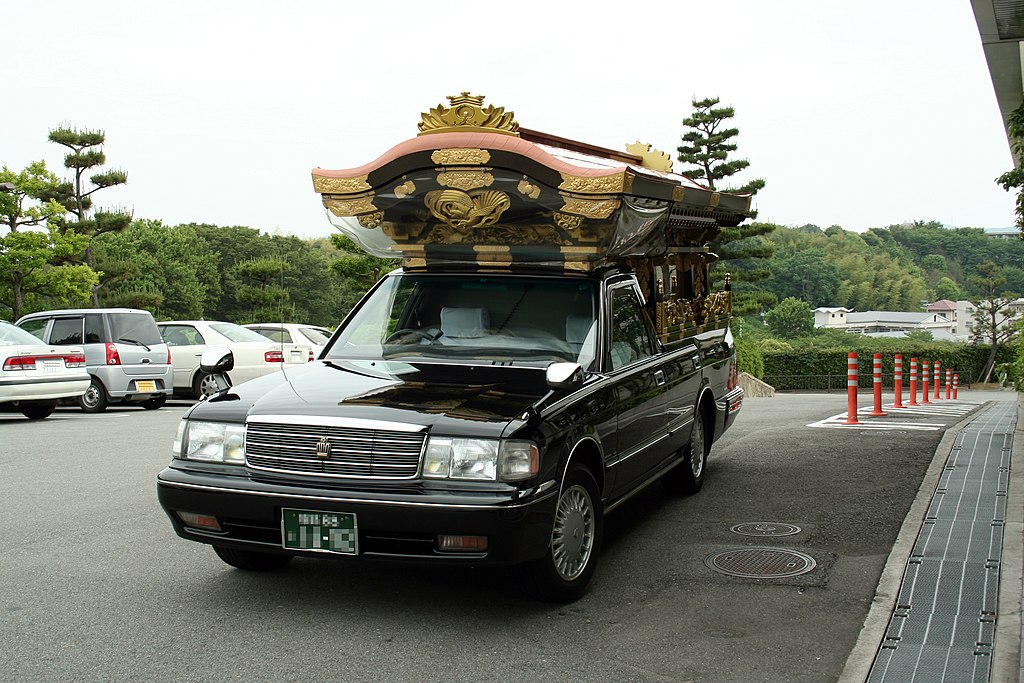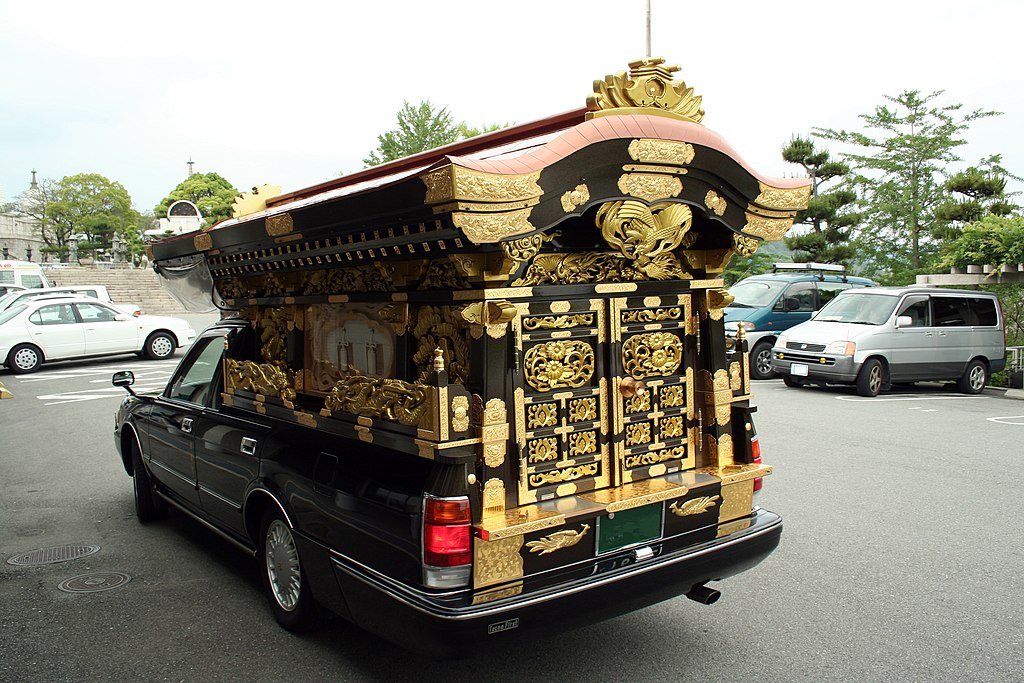Articles of interest on various uses of the Ceremo Bags.
Ceremo Bags enable X-rays and CT Scans of mummy
8,000 Ceremo Bags purchased after 2011.3.11 earthquake and tsunami Japan
COVID-19; support for loss of loved ones
Ceremo Bags donated after Sichuan China earthquake 2008
Supplying Ceremo Bags to Sierra Leone during Ebola Virus pandemic
Proguard Film: Kimono Keeper Saves Kimono After Tsunami
Ceremo Bags “Proguard Film” Used to Store Cultural and Historical Artifacts
Ceremo Bags Market Share in Japan
Ceremo Bags enable the X-rays and CT scans of a Mummy
by Michael J Fink
Investigation of the Mummy Grave Using Computerized Tomography
2017 Egypt
Akoris Archaeological Project is a voluntary association of the researchers working at Akoris under the direction of Hiroyuki Kawanishi, the general director of the project.
From the “Preliminary Report” “Akoris Archeological Project”:
Investigation of the Mummy Grave Using Computerized Tomography
This season, photographs of a fully wrapped adult mummy were taken using both normal X-ray and CT scan. After excavation, the mummy was kept in the Egyptian Storehouse in el-Bahnasa and then was placed in a bag made of special film (Ceremo Inner Bag) to protect against microorganisms and oxidation. As the film has no effect on the transmission of X-ray, it was not necessary to be concerned about contamination during photography and removal of the mummy from the bag.
Source: http://akoris.jp/archive/Akoris%20archive%202017.pdf
2010.3.11 Tohoku Earthquake and Tsunami – 8,000 Ceremo Bags Purchased
by Michael J Fink
The 9.1 magnitude earthquake occurred at 14:46 and lasted for approximately 6 minutes, which caused a massive tsunami. It was the most powerful earthquake recorded in Japan, and the 4th most powerful in the world (since data taking began in 1900).
The tsunami which followed is estimated to have been 40 meters high, and at 700 km/h travelled up to 10 km inland. The number of deaths is said to be 19,747 with another 2,556 people “missing”.
The Miyagi Prefecture realized that the spread of viruses and disease was possible, and ordered 8,000 Ceremo Bags to handle the deceased.
The present day “Japanese Government’s Official Guidelines for Funerals of those Deceased (or expected to be from) COVID-19 and Other Infectious Viruses and Diseases” states the following:
“From the viewpoint of the feelings of the bereaved family and the identification of the body, it is recommended to use a non-transparent delivery bag with at least a transparent face. From the viewpoint of infection control, it is recommended to store the body in a non-permeable delivery bag. Impermeable means that the liquid does not penetrate, and even if the color is transparent, there is no problem in controlling infection.
If the body is properly housed in a non-permeable delivery bag and properly managed, the risk of infection from the body is extremely low.”
COVID-19; Support for coping with loss of loved ones
by Michael J Fink
Under non-COVID-19 circumstances, Japanese law mandates that bodies must not be embalmed or cremated within 24 hours of death, but not in the present pandemic.
At the onset of the COVID-19 virus and ensuing deaths, the deceased were quickly cremated in an effort to avoid any contamination or infection to those handling the body.
Even in Japan, it has become a major social problem that the bereaved family may suffer from mental illness because the body cannot be seen to enable closure.
In response to this problem, Fukushima Medical University’s bereaved family care specialists play a central role in addressing the families and bereaved families of those who have died from COVID-19. “We have been supporting ‘care for the hearts of the bereaved families’ by sending out ‘messages to people’.”
The Japan Disaster Grief Support’s “Website for the bereaved people in disasters” page is here https://jdgs.jp/e_top/ .
J-Chemical also agrees with this initiative.
A transparent, highly airtight, transparent ceremonial bag should help create an environment where bereaved families, medical and funeral personnel can safely take care of the deceased and the funeral proceedings.
Depending on the religious or cultural beliefs of each country, sealing the deceased in a transparent impermeable bag may help the bereaved, as it allows for final closure.
Ceremo Bags were donated to areas affected by the Sichuan Earthquake in China
by Michael J Fink
On May 12, 2008, there was a massive magnitude 8 class earthquake with the epicenter in Sichuan, China. The earthquake disrupted roads and lifelines such as electricity, water, and communications.
According to a report by the Chinese government, about 69,000 have died. About 18,000 people were still missing as of May 21, 2008)
In response to the news of the earthquake, J Chemical donated Ceremo Bags to China to offer our help in their time of disaster, as corpse storage bags are indispensable for quick on-site response in the event of a disaster.
Especially when a large number of deaths occur at one time, the burial of the body is delayed and many bodies must be temporarily stored.
J Chemical received a thank-you note from the Chinese Embassy for the free donation of Ceremo Bags.
Visitors view some of the aftermath and a survivor is rescued following the Sichuan 2008 earthquake.
Supplying Ceremo Bags to Sierra Leone as a measure against Ebola
by Michael J Fink
On March 23, 2014, the World Health Organization (WHO) reported cases of Ebola Virus Disease (EVD) in the forested rural region of southeastern Guinea. The identification of these early cases marked the beginning of the West Africa Ebola epidemic, the largest in history.
It spread to neighboring Sierra Leone Liberia and became a multinational pandemic.
According to the World Health Organization (WHO) announcement on October 18 2015, it was announced that 28,512 people were infected and 11,313 people had died, including suspected cases of infection.
With a total of 28,616 patients (including suspected cases) and a case fatality rate of 40%, it was the largest epidemic ever at that time.
The main transmission route for Ebola hemorrhagic fever is contact with the patient’s blood, secretions and excrement, and droplet infection methods such as saliva. In particular, close contact with the patient and his body fluids is a problem. It can also be transmitted by contact with the body of a deceased patient.
The Ceremo Bag was incorporated as a product into the Ebola measures for Sierra Leone (Japanese Government emergency grant aid) and was supplied locally. Ebola hemorrhagic fever requires isolation and storage of the body to prevent secondary infection.
The Ceremo Bag, an impermeable delivery bag, has been used to protect local people and healthcare professionals from the damage of secondary infections.
Supplies arrive to Sierra Leone, and workers are trained to protect themselves and others affected by the Ebola virus outbreak
Proguard Film: Kimono Keeper Saves Kimono After Tsunami
by Michael J Fink
After the 2010.3.11 Earthquake and subsequent Tsunami in Northeastern Japan, many homes which survived, experienced extremely dirty water as deep as chest high. After the floodwaters receded, a clear plastic bag was found in the rubble of a private home. The irreplaceable Kimono as well a commemorative photo which had been stored in this bag were both thankfully saved from water, dirt and other damage.
This bag is known as the “Kimono Keeper,” an impermeable locking bag made from the patented 3-layered material “Proguard Film” manufactured by J Chemical.
This impermeable material is the same material used in J Chemical’s “Ceremo Bag” mortuary bags. The 3 layers help to protect the contents of the bags as well as protect handlers who must handle mortuary bags of those deceased from COVID-19 and other infectious diseases and viruses.
Ceremo bags are moisture proof, antibacterial, mold and mildew preventative and deodorizing by preventing odors (gases) from escaping.
Ceremo Bags “Proguard Film” Used to Store Cultural and Historical Artifacts
by Michael J Fink
The material “Pro Guard” that is used in the Ceremo Bag is also used to store ancient documents, insect specimens and plant specimens owned by museums and universities.
By packaging these items using “Pro Guard”, the risk of insect damage and mold can be minimized. In addition, by using it in combination with an oxygen absorber, insects can be killed without using insecticides. It can easily and safely be done on the spot without using any special equipment.
“Proguard” is an international quality confirmation tested material for cultural property preservation packaging materials.
It has passed PAT (Photographic Activity Test ISO18916: 2007) and it is safe even if cultural properties come into contact with the film surface for a long period of time.
Main delivery destinations:
The University Museum, The University of Tokyo
Osaka Prefecture University
Ceremo Bags Market Share in Japan
The total volume of Ceremo Bags sold in Japan since February 2020 has increased overall by 240%.
by Michael J Fink
Shipment Ratio of Ceremo Bags per Distribution Route in Japan
Percentage of actual shipments per distribution route:
Before January 2020
Government Offices 70%
National Police Agency: 15%
Hospitals: 5%
Funeral Services: 10%
Main Usage:
Ceremo Bags were used for other (before Covid-19) purposes including stockpiling the bags against possible major disasters.
After February 2020
Government Offices: 45%
National Police Agency: 15%
Hospitals: 20% (4 times the previous year)
Funeral Services: 20% (2 times the previous year)
Main Usage:
In present day Japan, 70 to 80% of our Ceremo Bags customers use them for COVID-19 related deaths, while ever mindful of the need to retain stock against future major disasters and infectious diseases.
We believe that stocking Ceremo Bag is an effective way to prepare for major disasters and combat infectious viruses and diseases.
The earliest possible storing of the deceased in a Ceremo Bag greatly reduces the possibility of infection to those handling the body, as well as the helps relieve the feeling of despair of the relatives.
The first and last safety measure is to store the body in a Ceremo Bag at the place of death.
Among our Ceremo Bag users, roughly 90% of the bodies of those who died from COVID-19 are stored in Ceremo Bags at the hospital, regardless of the distribution routes.

